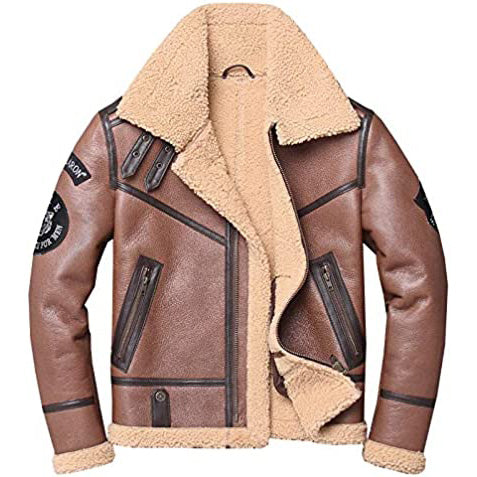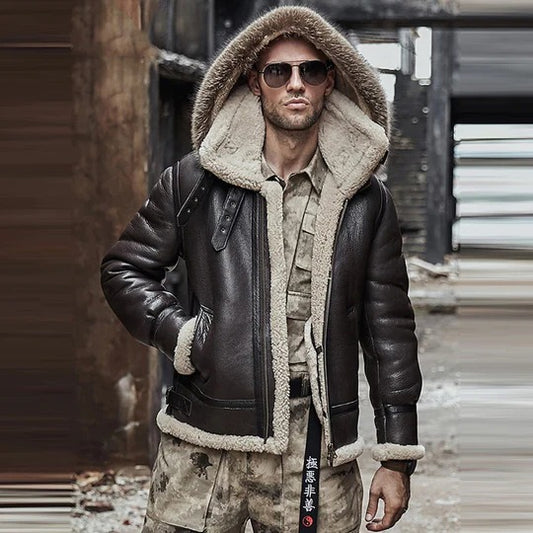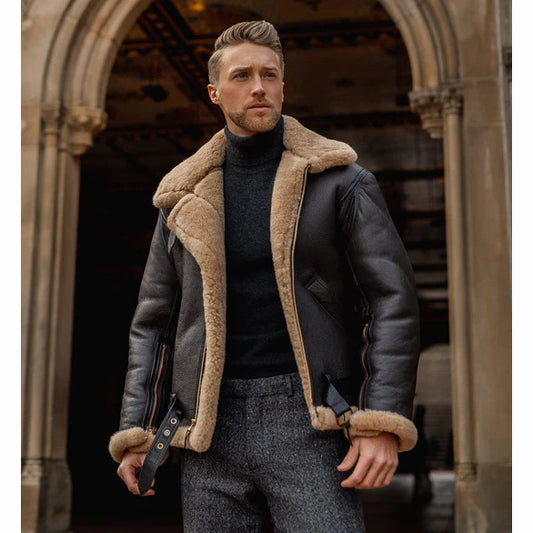Introduction to Bicast Leather
Have you ever come across furniture or shoes labeled as Bicast leather and wondered what it means? Well, you're in the right place. Bicast leather is a type of material that’s often seen in furniture and fashion goods. It’s a blend of genuine leather and synthetic elements that offers a leather-like appearance at a lower cost.
But before you jump into purchasing Bicast leather products, it’s essential to understand what it is, how it’s made, and whether it fits your needs. In this guide, we’ll dive deep into everything you need to know about Bicast leather, including its advantages, disadvantages, and ideal uses. Let's get started!
What is Bicast Leather?
Bicast leather (also spelled "bycast" leather) is a composite material created by using a split leather base, which is the lower part of a cowhide. This leather base is then coated with a layer of polyurethane (PU) or vinyl. The coating gives it a glossy finish and provides durability, making it a popular choice for furniture, accessories, and even some clothing items.
Key Characteristics of Bicast Leather
- Shiny Appearance: The polyurethane coating creates a glossy look.
- Affordable: Generally cheaper than genuine full-grain leather.
- Durable: More resistant to spills and easier to clean.
- Not Breathable: Unlike real leather, Bicast leather doesn’t breathe as well.
How is Bicast Leather Made?
The production process of Bicast leather involves a combination of natural leather and synthetic materials. Let’s break down the steps:
- Leather Splitting: Cowhide is split into layers. The top layer (full-grain or top-grain leather) is separated, leaving the lower split leather.
- Polyurethane Coating: This split leather is then covered with a layer of polyurethane (or vinyl) to give it a shiny and smooth appearance.
- Embossing and Coloring: Manufacturers often emboss patterns or textures to give Bicast leather a more authentic leather look.
- Final Finish: The material is then dyed, polished, and finished for a consistent look and feel.
Pros and Cons of Bicast Leather
Pros
- Affordable: Compared to full-grain or top-grain leather, Bicast leather is more budget-friendly.
- Durability: The polyurethane coating makes it resistant to spills and stains.
- Leather-like Appearance: It mimics the look of genuine leather, offering a luxurious feel.
- Easy Maintenance: Simple to clean with a damp cloth due to its non-porous surface.
Cons
- Less Breathable: The synthetic coating restricts airflow, making it less breathable than real leather.
- Prone to Peeling: Over time, the polyurethane layer can peel or crack.
- Limited Aging: Unlike genuine leather, Bicast leather doesn’t age well or develop a patina.
- Environmental Impact: The use of synthetic materials can have a negative impact on the environment.
Best Occasions to Use Bicast Leather
Bicast leather works well in certain situations. Here’s when you should consider using it:
- Furniture: Ideal for living room couches and chairs due to its resistant coating.
- Office Chairs: Offers a sleek look and easy maintenance.
- Fashion Accessories: Works well for belts, bags, and wallets, giving a luxurious appearance at a lower cost.
- Shoes: Suitable for formal shoes where durability and a polished look are desired.
However, it's not a great option for items that will experience a lot of wear and tear, like everyday shoes or heavily-used couches.
Comparative Analysis: Bicast Leather vs. Genuine Leather
If you’re considering buying leather products, you might be torn between Bicast leather and genuine leather. Here’s a quick comparison to help you decide:
| Feature | Bicast Leather | Genuine Leather |
|---|---|---|
| Appearance | Shiny, consistent finish | Varies, develops patina |
| Durability | Moderately durable | Extremely durable |
| Breathability | Low | High |
| Maintenance | Easy to clean | Requires conditioning |
| Cost | Affordable | Expensive |
Expert Opinion:
According to furniture expert John Reaves, "Bicast leather is great for those seeking a luxurious look without the hefty price tag. However, it's not a replacement for the authenticity and breathability of genuine leather."
How to Care for Bicast Leather
Maintaining Bicast leather is relatively simple:
- Avoid Direct Sunlight: Long exposure to sunlight can cause the material to crack or fade.
- Wipe Clean: Use a damp cloth to clean spills and dust.
- No Harsh Cleaners: Avoid using strong detergents or alcohol-based cleaners as they can damage the polyurethane coating.
- Moisturize Sparingly: Light conditioning may help, but it isn’t necessary as with real leather.
Common FAQs About Bicast Leather
1. Is Bicast leather real leather?
No, Bicast leather is not fully genuine leather. It has a base of split leather but is heavily coated with synthetic materials.
2. Is Bicast leather good for furniture?
Yes, Bicast leather is a budget-friendly option for furniture. However, keep in mind that it may not last as long as full-grain leather and can peel over time.
3. Can Bicast leather be repaired if it cracks?
While minor cracks can be fixed using special leather repair kits, extensive damage might be hard to restore.
4. How long does Bicast leather last?
With proper care, Bicast leather can last several years. However, its lifespan is typically shorter than genuine leather.
5. What are the best alternatives to Bicast leather?
Top-grain leather, full-grain leather, and even high-quality faux leathers like PU leather or microfiber leather are great alternatives.
Conclusion: Is Bicast Leather Right for You?
If you’re looking for a cost-effective leather alternative that provides a sleek and polished look, Bicast leather is a solid choice. It works well in furniture and accessories, offering a balance between affordability and appearance. However, if durability, breathability, and a natural feel are your top priorities, genuine leather or higher-end faux leather options may be better for you.




